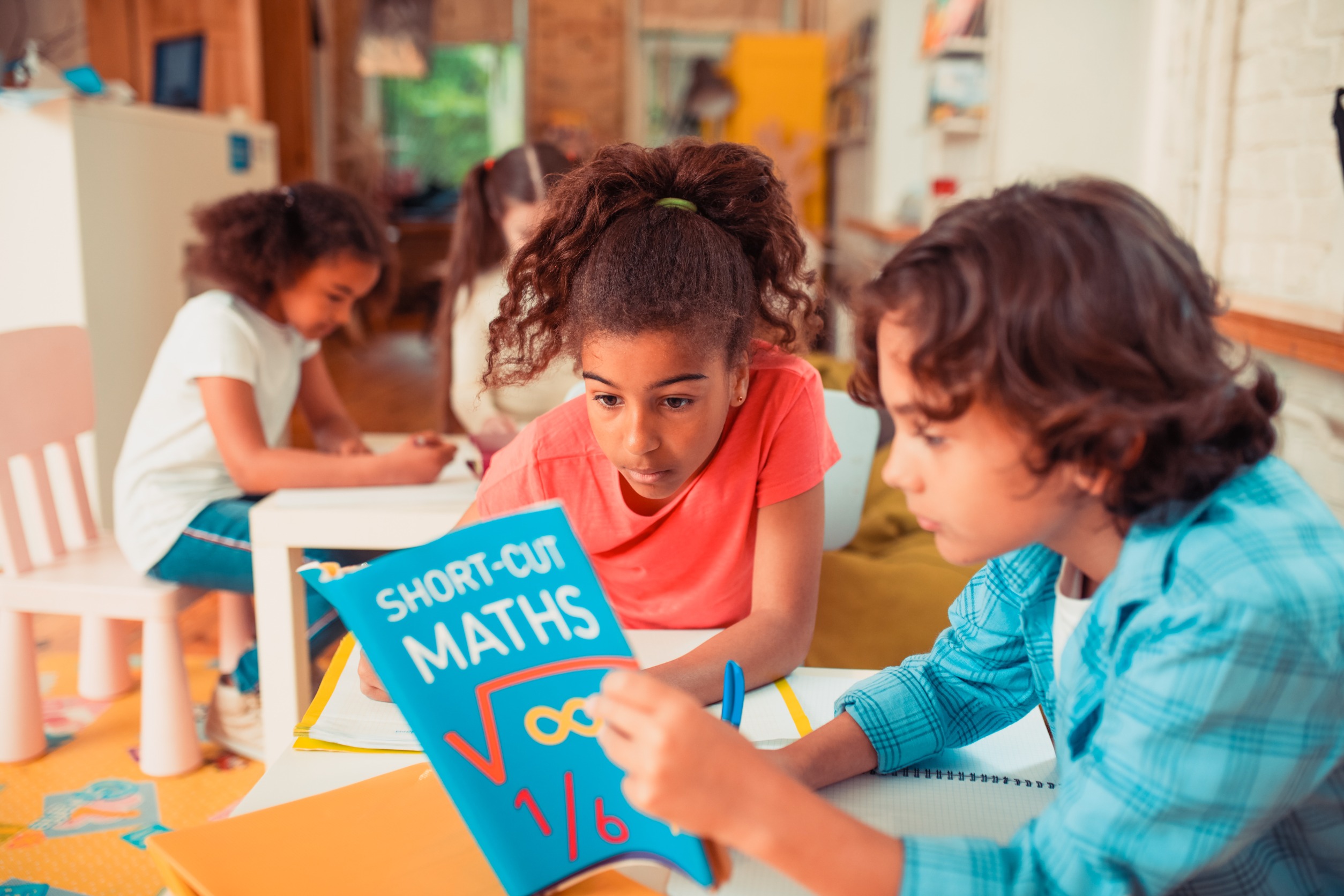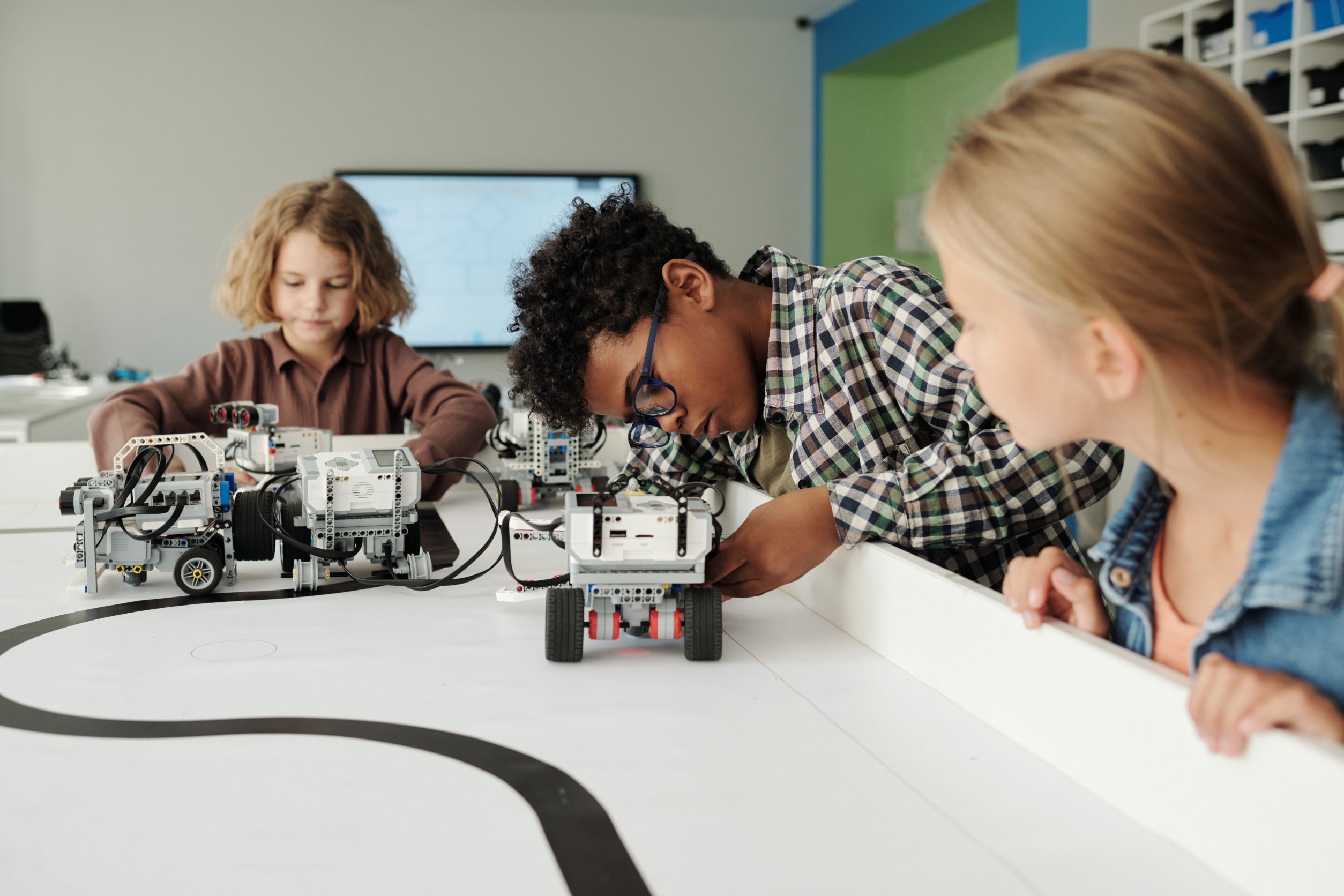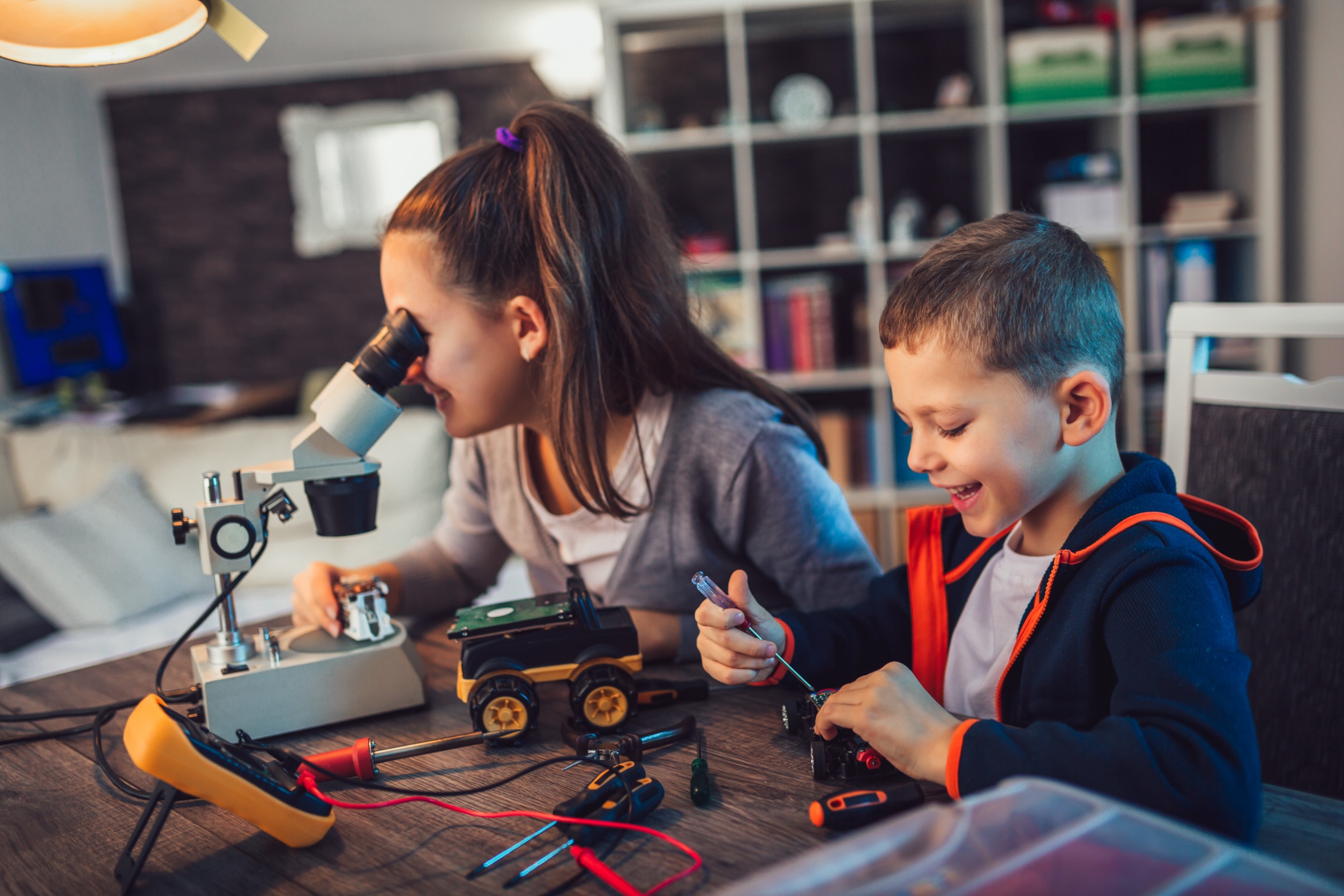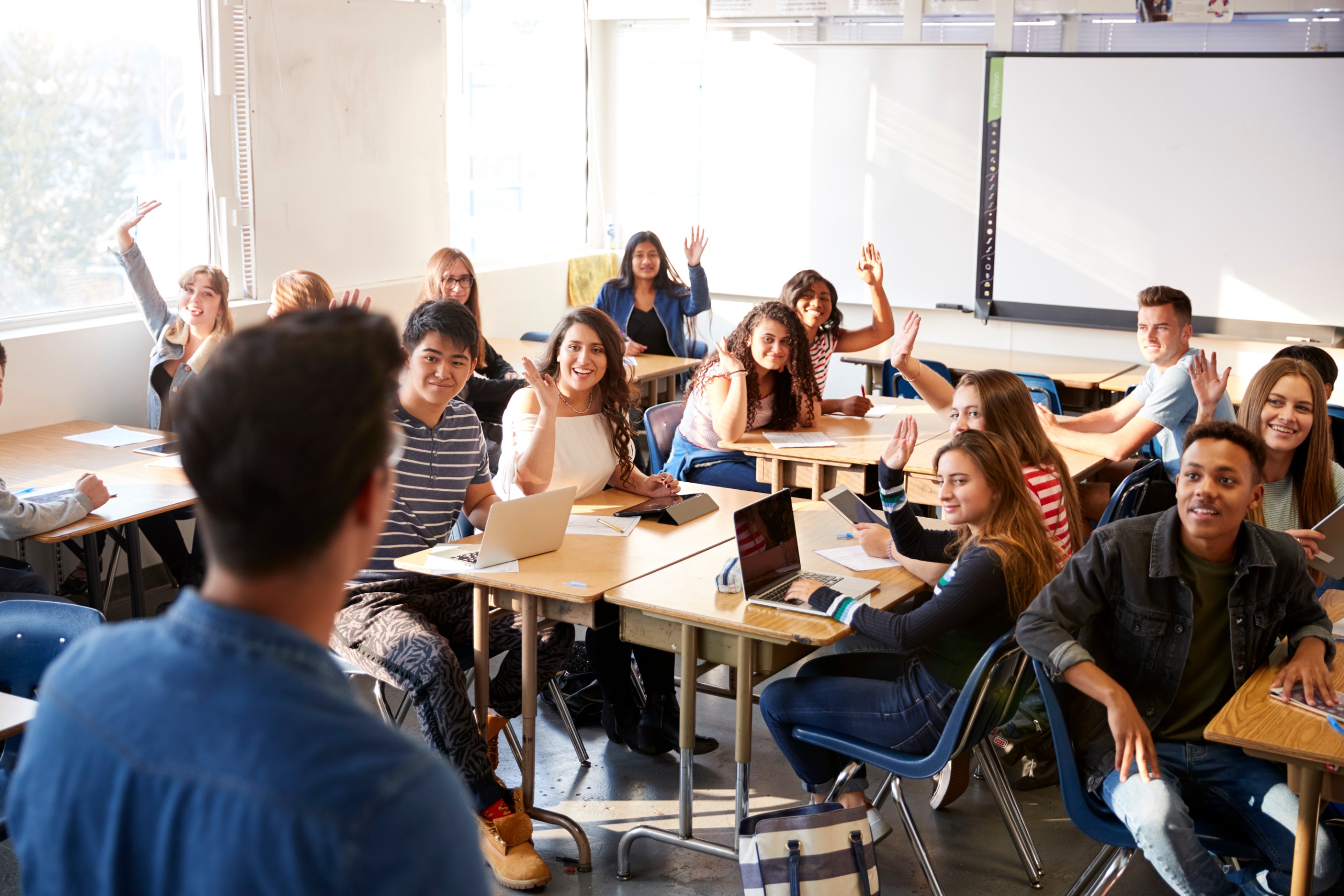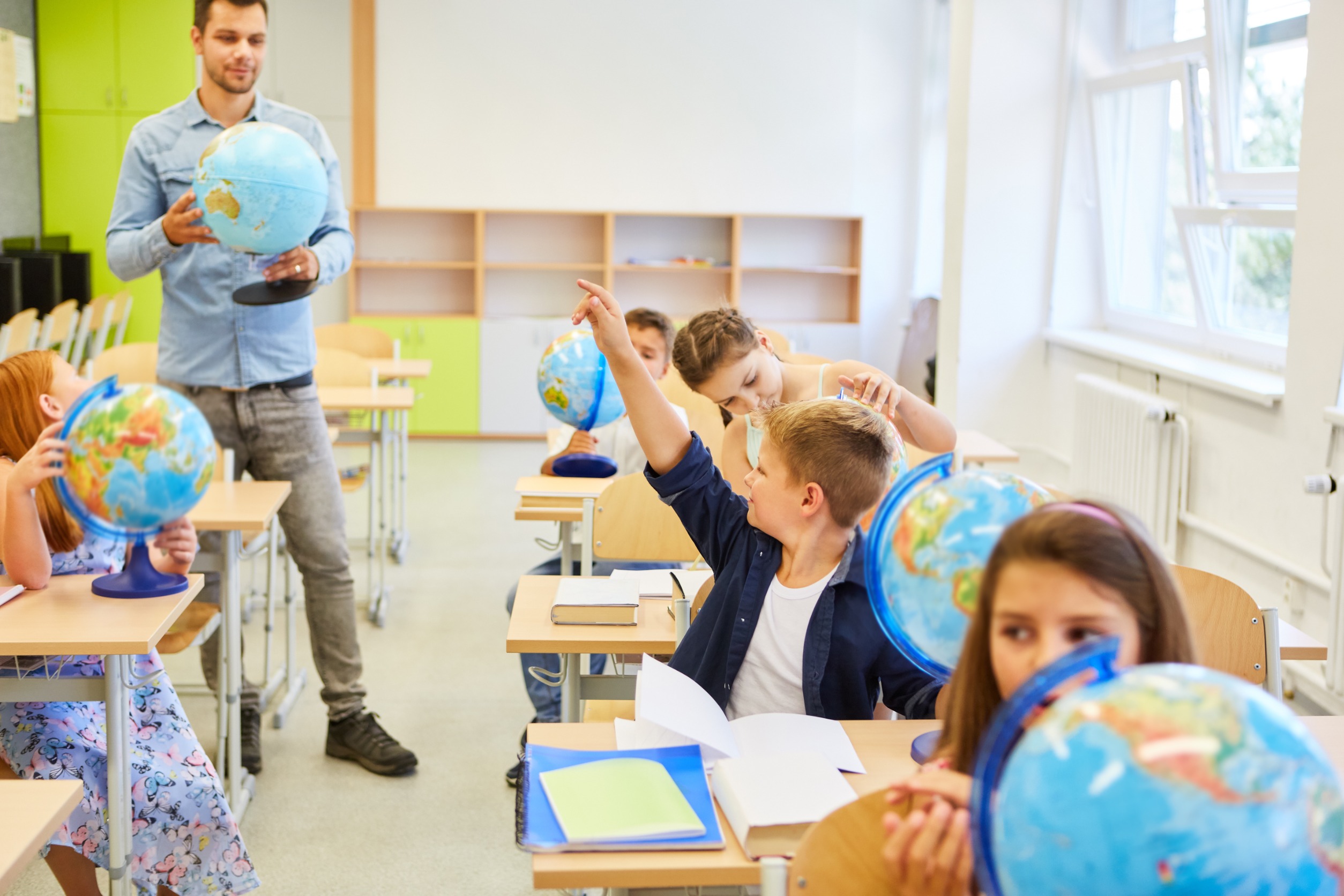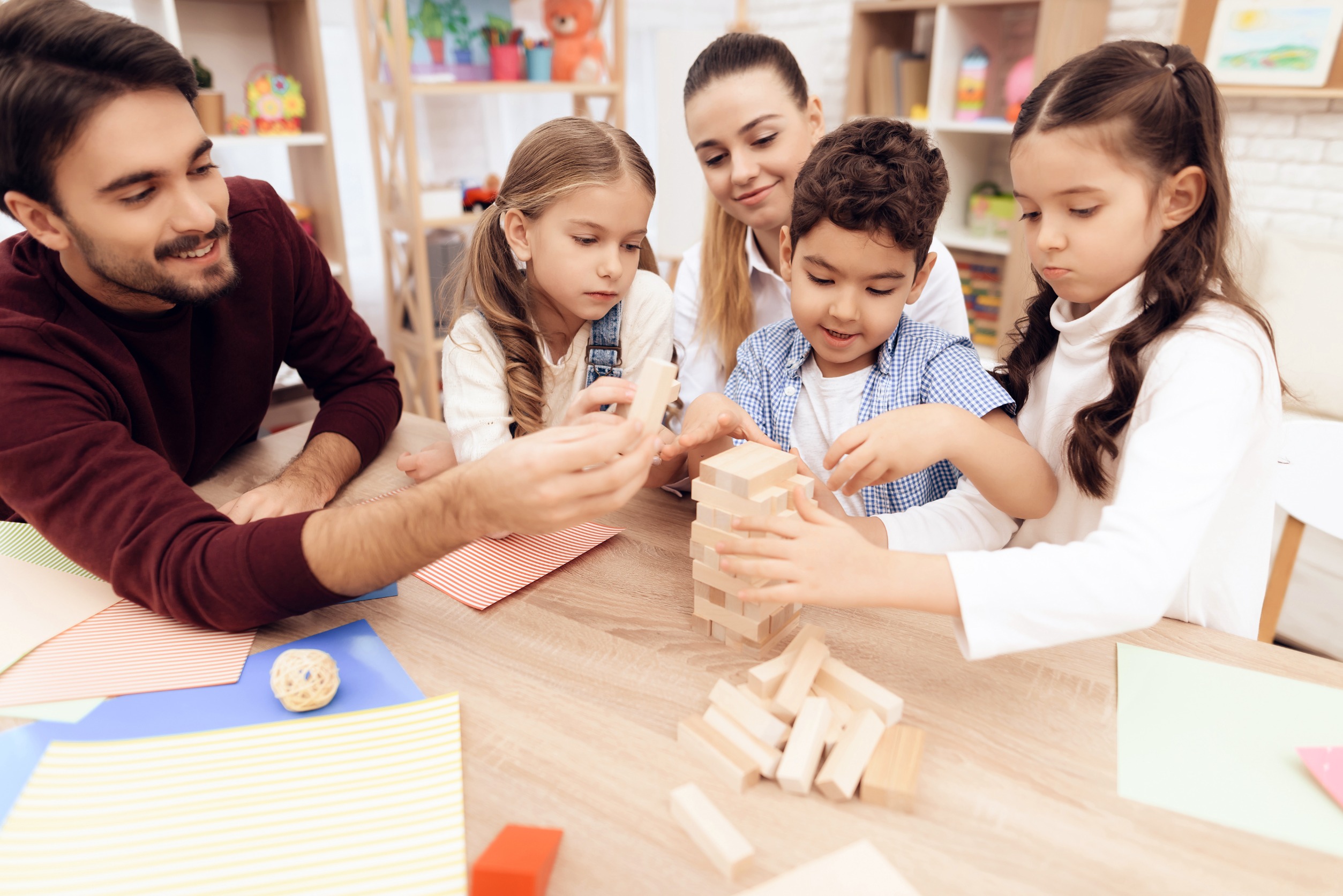Navigating the transition from kindergarten to elementary school can be both exciting and nerve-wracking for children and their parents. This pivotal shift marks a significant milestone in a child’s educational journey, bringing new challenges and opportunities for growth.
In this blog post, we will explore various strategies and tips to make this transition as seamless as possible for your little ones. From understanding what to expect in elementary school to preparing emotionally and academically, we’ve got you covered. By the end of this post, you’ll be equipped with practical insights to help your child thrive in their new learning environment.
Understanding the Elementary School Experience
Elementary school is a whole new world compared to kindergarten. The structure is more formal, the curriculum more challenging, and the expectations higher.
What Changes to Expect
In elementary school, children will have longer school days, more structured schedules, and less free playtime. They will also encounter a wider range of subjects, including math, science, social studies, and language arts. With these new academic demands, it’s essential to prepare your child for a more rigorous learning environment.
The Importance of Independence
Independence becomes crucial in elementary school. Children are expected to manage their belongings, follow classroom rules, and complete assignments with less direct supervision. Encourage your child to take on small responsibilities at home to foster a sense of independence.
Social Dynamics
The social landscape also changes in elementary school. Children will form more complex friendships and may experience peer pressure for the first time. Helping your child develop strong social skills and emotional resilience will be key to their success.
Preparing Emotionally for the Transition
Moving from kindergarten to elementary school can be an emotional rollercoaster. Both excitement and anxiety are common, so it’s important to address these feelings head-on.
Talking About Feelings
Open communication is essential. Encourage your child to express their feelings about starting elementary school. Validate their emotions and reassure them that it’s normal to feel a mix of excitement and nervousness.
Building Confidence
Confidence is a powerful tool. Highlight your child’s strengths and remind them of past successes. Role-playing different school scenarios can also help them feel more prepared and confident.
Creating a Support System
A strong support system can make all the difference. Encourage your child to build relationships with their new teachers and classmates. Stay connected with other parents to share experiences and support one another.
Academic Preparation Tips
Academic readiness is another critical aspect of the transition. While it’s important not to overwhelm your child, a little preparation can go a long way.
Reviewing Kindergarten Skills
Start by reviewing key skills learned in kindergarten. This includes basic counting, letter recognition, and simple reading exercises. Reinforcing these foundational skills will give your child a solid starting point.
Introducing New Concepts
Gradually introduce new concepts that will be covered in elementary school. Simple addition and subtraction, basic science experiments, and short story readings can spark curiosity and ease the learning curve.
Encouraging a Love for Learning
Fostering a love for learning is perhaps the most important preparation. Engage your child in fun educational activities, such as visiting museums, reading together, or exploring nature. A curious mind is a motivated mind.
Establishing a Routine
A consistent routine can provide a sense of stability and security for your child. Establishing a daily schedule that includes time for homework, play, and rest will help them adjust to the demands of elementary school.
Morning Routines
Start the day on the right foot with a structured morning routine. This can include a healthy breakfast, time for personal hygiene, and a few minutes of quiet reflection or reading.
After-School Routines
An after-school routine is equally important. Set aside specific times for homework, relaxation, and physical activity. This balance will help your child decompress and recharge for the next day.
Bedtime Routines
Consistent bedtime routines ensure your child gets the rest they need. A calming pre-bedtime ritual, such as reading a book or listening to soothing music, can promote better sleep and overall well-being.
Involvement in School Activities
Active participation in school activities can enhance your child’s school experience and foster a sense of belonging.
Joining Clubs and Teams
Encourage your child to join clubs, sports teams, or other extracurricular activities. This can help them make new friends, develop new skills, and feel more connected to their school community.
Volunteering Opportunities
Look for opportunities to volunteer at the school. This not only allows you to stay involved in your child’s education but also shows your child the importance of community and helping others.
Attending School Events
Make an effort to attend school events, such as open houses, parent-teacher conferences, and school performances. Your presence demonstrates your support and commitment to your child’s education.
Communication with Teachers
Building a strong relationship with your child’s teachers is crucial for a successful transition.
Regular Check-Ins
Schedule regular check-ins with your child’s teacher to discuss their progress and any concerns. Open communication ensures that you are aware of how your child is adjusting and allows you to address any issues promptly.
Staying Informed
Stay informed about the school’s policies, curriculum, and upcoming events. This knowledge will help you support your child’s learning and keep you engaged with their education.
Collaborating on Solutions
If any challenges arise, collaborate with the teacher to find solutions. Whether it’s academic difficulties or social issues, working together can create a supportive environment for your child.
Addressing Challenges Proactively
Challenges are inevitable, but addressing them proactively can prevent them from becoming major issues.
Identifying Potential Issues
Be vigilant in identifying potential issues, such as academic struggles, behavioral changes, or social difficulties. Early detection allows for timely intervention.
Seeking Support
Don’t hesitate to seek support from school counselors, educational psychologists, or other professionals if needed. They can provide valuable guidance and resources to help your child overcome challenges.
Encouraging Resilience
Teach your child resilience by modeling positive coping strategies and encouraging them to persevere through difficulties. Resilience is a vital skill that will serve them well throughout their academic journey.
Fostering a Positive Attitude
A positive attitude can make a world of difference in your child’s school experience.
Celebrating Achievements
Celebrate your child’s achievements, no matter how small. Positive reinforcement boosts their confidence and motivates them to keep striving for success.
Promoting a Growth Mindset
Promote a growth mindset by emphasizing effort and perseverance over innate ability. Encourage your child to see mistakes as opportunities for learning and growth.
Maintaining a Positive Outlook
Maintain a positive outlook on school and learning. Your attitude towards education will influence your child’s perspective and enthusiasm for their own academic pursuits.
Building a Strong Home-School Connection
A strong connection between home and school creates a supportive and cohesive learning environment.
Creating a Study Space
Create a dedicated study space at home where your child can focus on their homework and projects. A quiet, organized, and well-lit area can enhance their productivity and concentration.
Establishing Open Communication
Establish open communication with your child about their school experiences. Encourage them to share their thoughts, feelings, and any concerns they may have.
Supporting Learning at Home
Support your child’s learning at home by providing resources, such as books, educational games, and online tools. Engage in activities that reinforce what they are learning at school.
Nurturing Friendships
Friendships play a significant role in your child’s social and emotional development.
Facilitating Playdates
Facilitate playdates with classmates to help your child build and strengthen friendships. Social interactions outside of school can enhance their sense of belonging and well-being.
Teaching Social Skills
Teach your child essential social skills, such as sharing, empathy, and conflict resolution. These skills will help them navigate social situations and build positive relationships.
Encouraging Inclusivity
Encourage your child to be inclusive and kind to others. Fostering a culture of inclusivity and respect will create a positive and supportive school environment.
Conclusion
The transition from kindergarten to elementary school is a significant milestone in your child’s life. By understanding what to expect, preparing emotionally and academically, and fostering healthy habits and positive attitudes, you can help your child thrive in their new learning environment.
Are You Ready to Give Your Child An Exceptional Educational Experience?
At Royal Public Schools, we are dedicated to fostering a love for learning in a supportive and nurturing environment.
Our comprehensive curriculum, dedicated teachers, and engaging extracurricular activities set the foundation for your child’s success. Join one of the best charter schools in San Antonio, Texas, where excellence in education is a core value.
We invite you to join us on this exciting journey, whether as a student, parent, or supporter. Together, we can inspire young minds and shape a brighter future. Explore Royal Public Schools today and see the difference for yourself!


